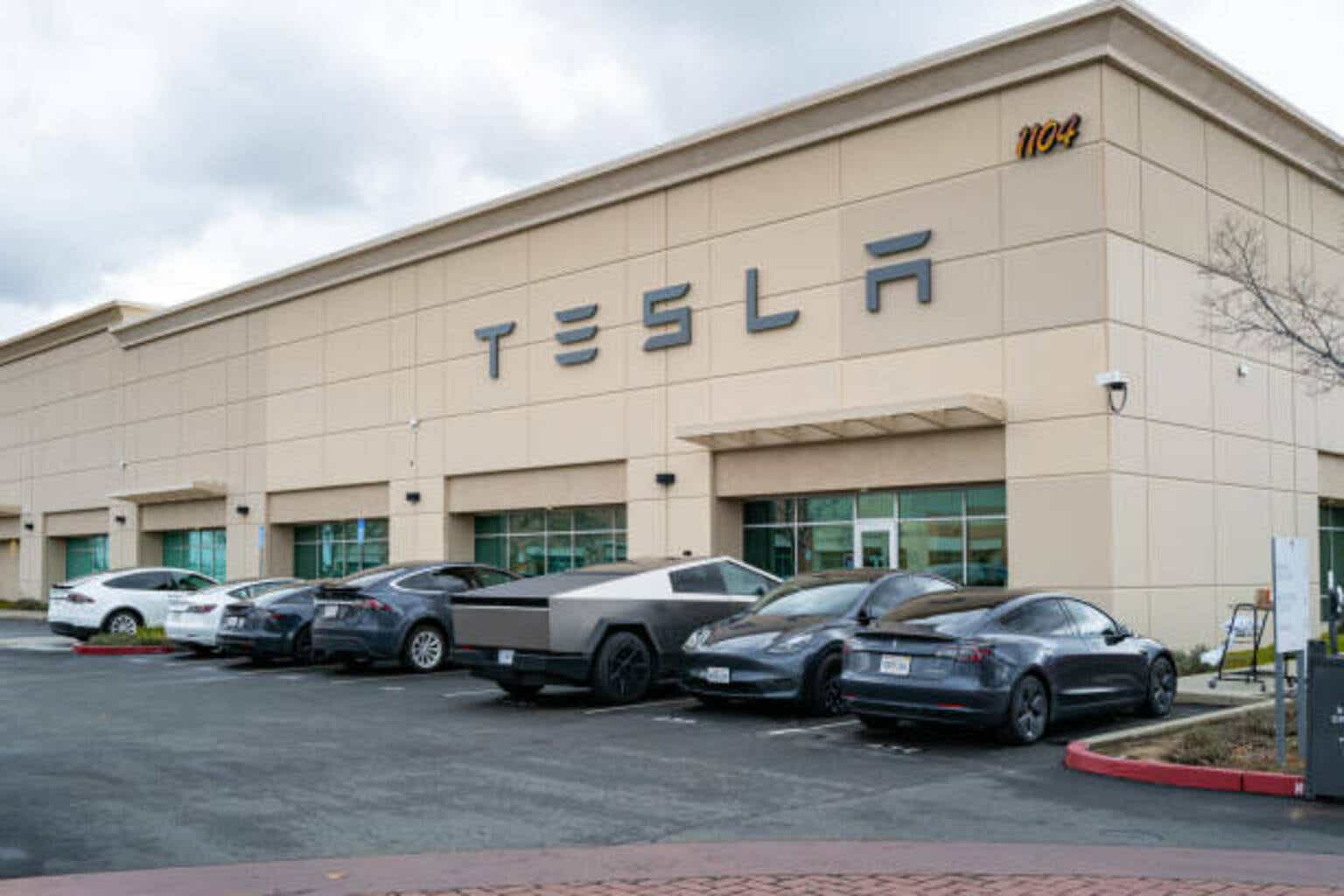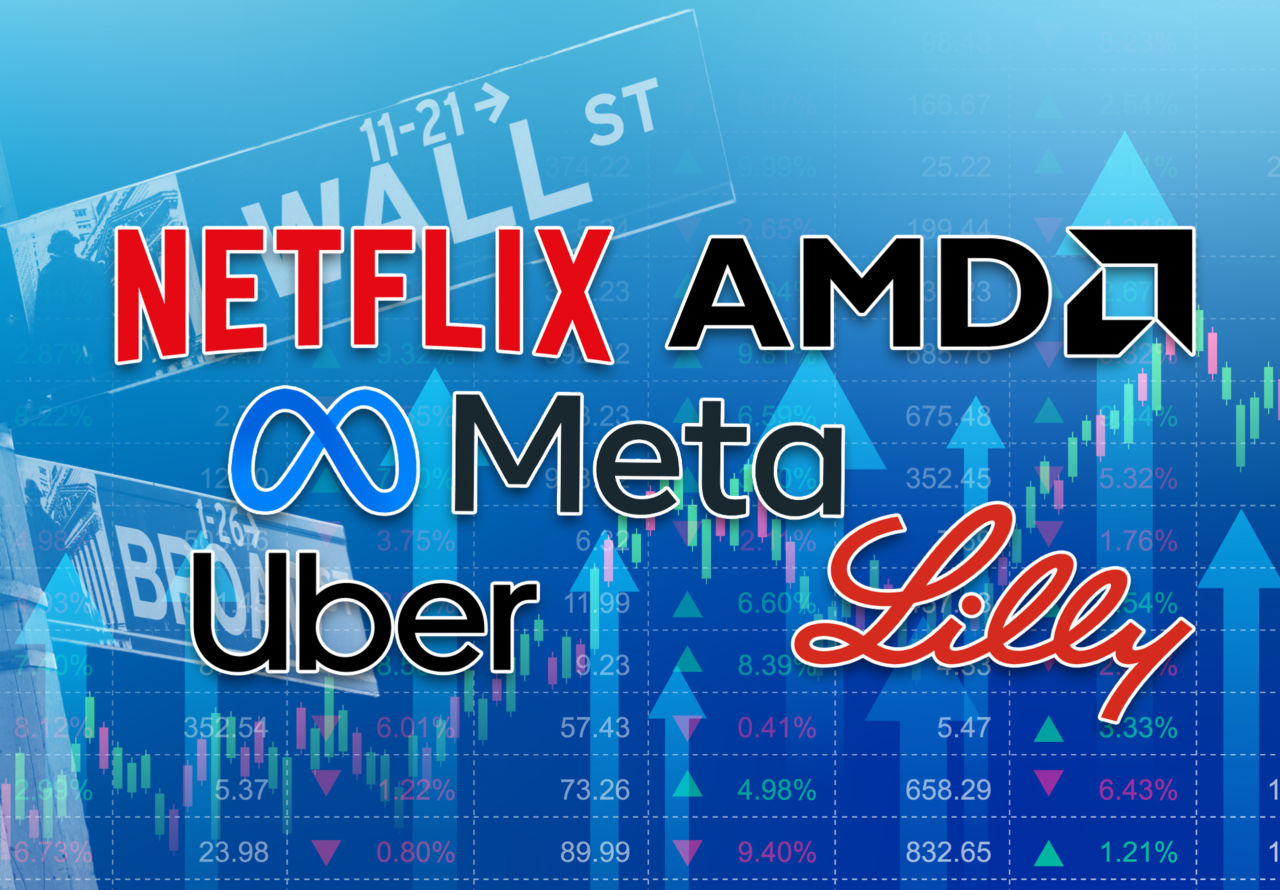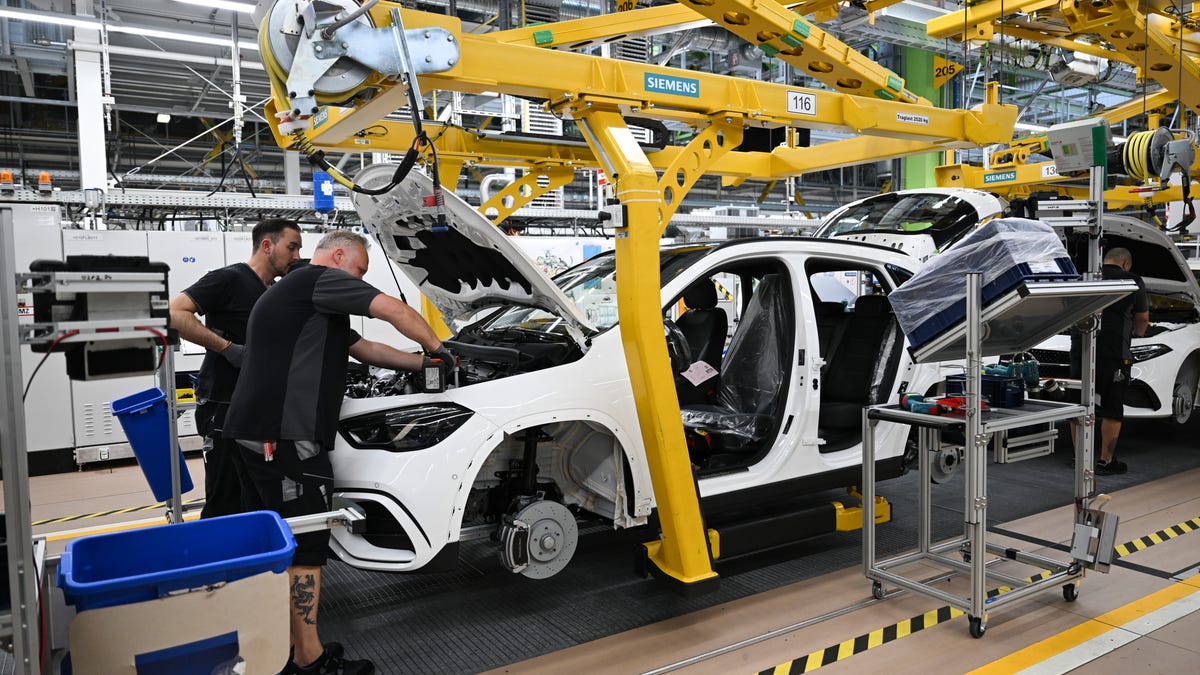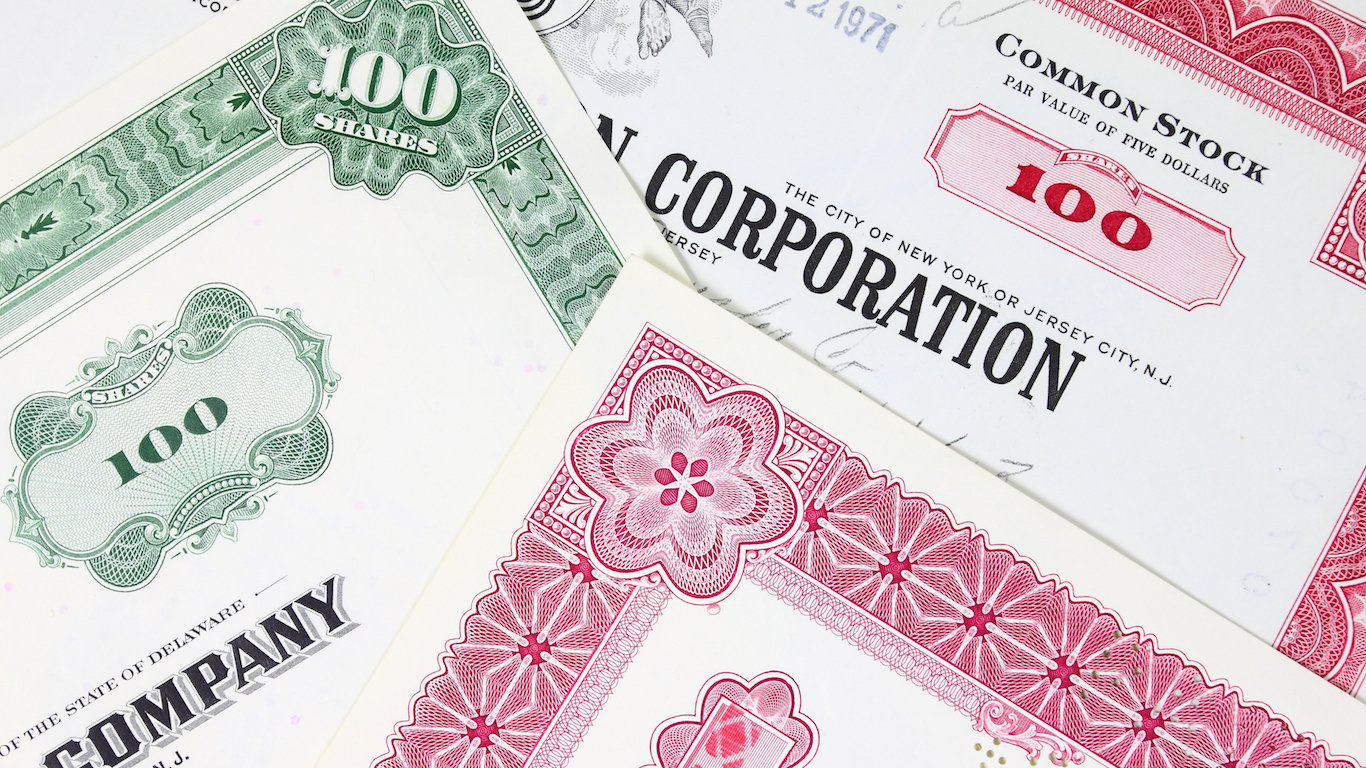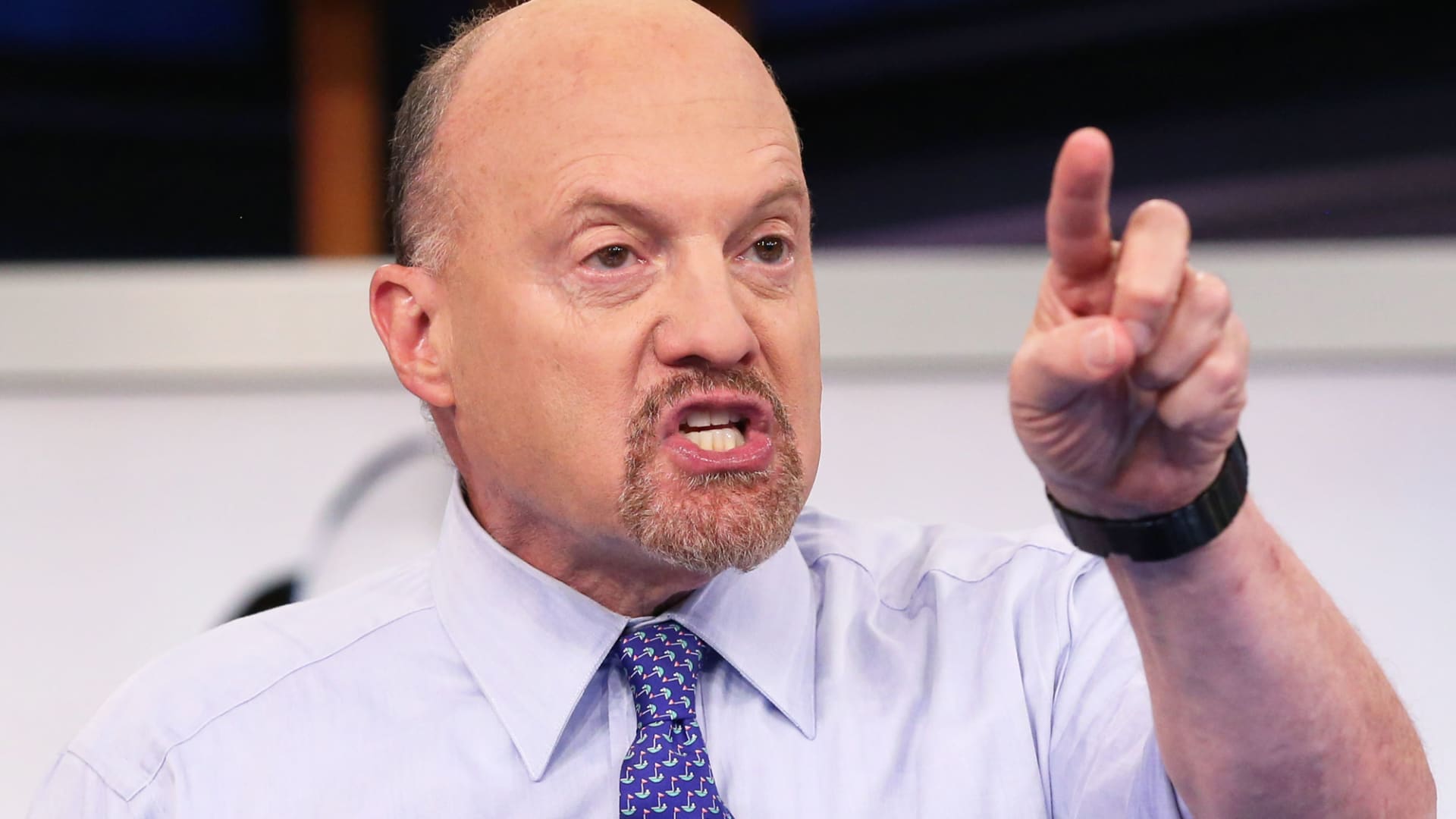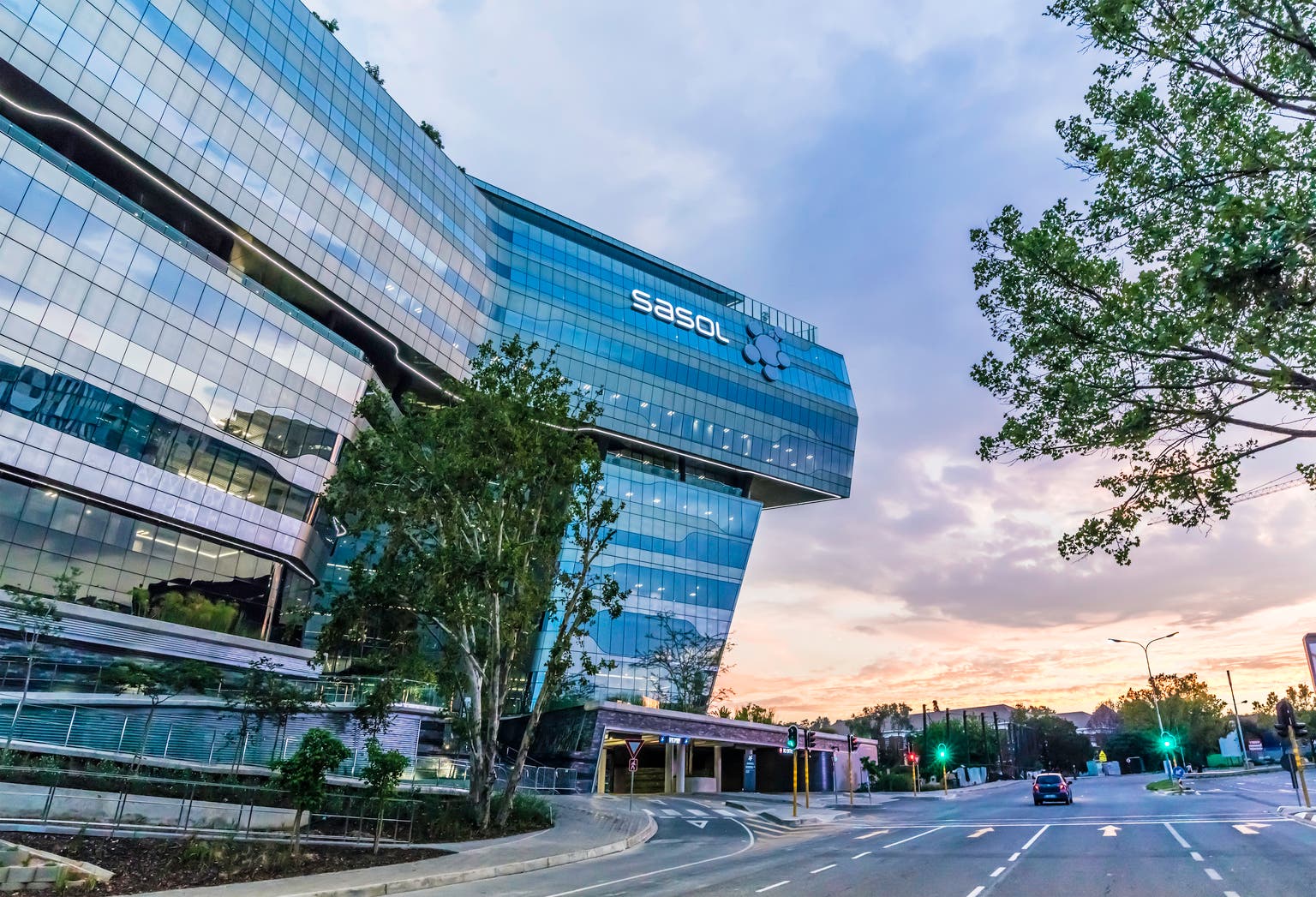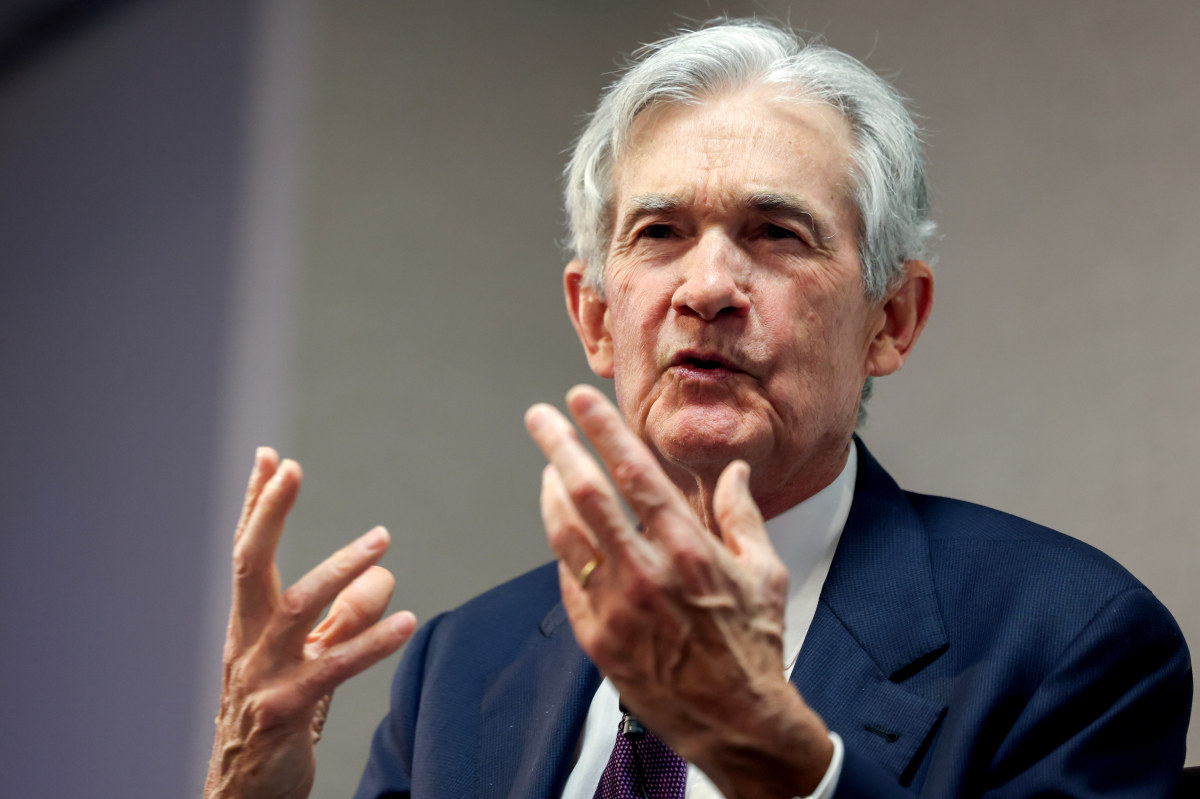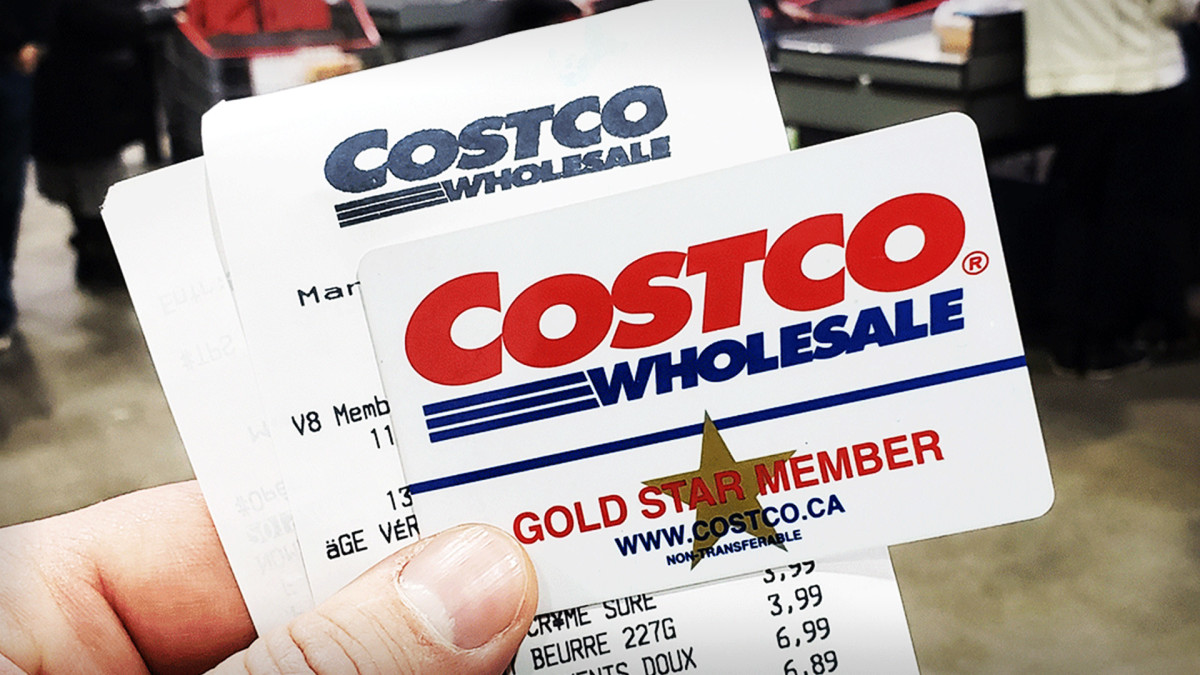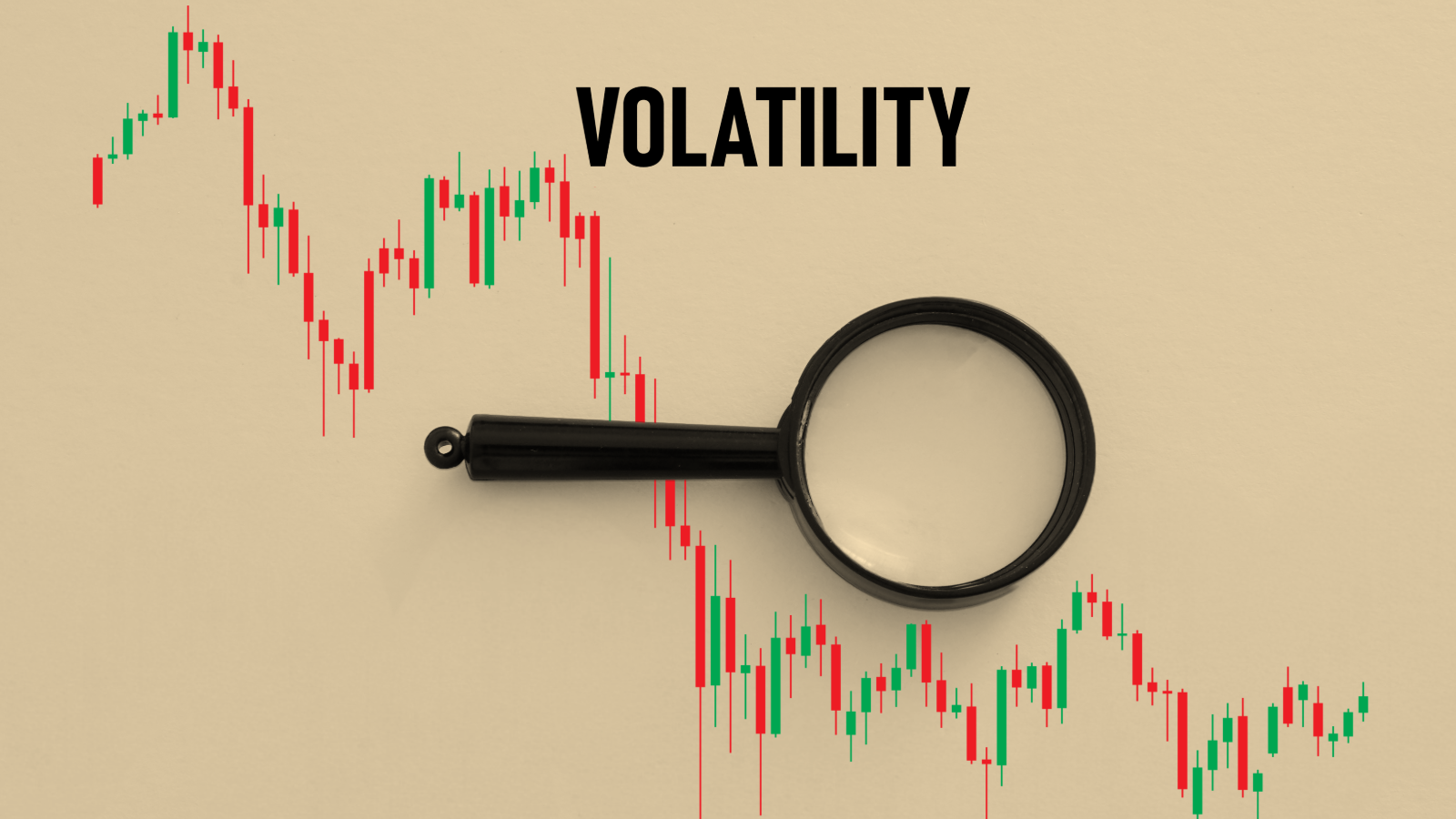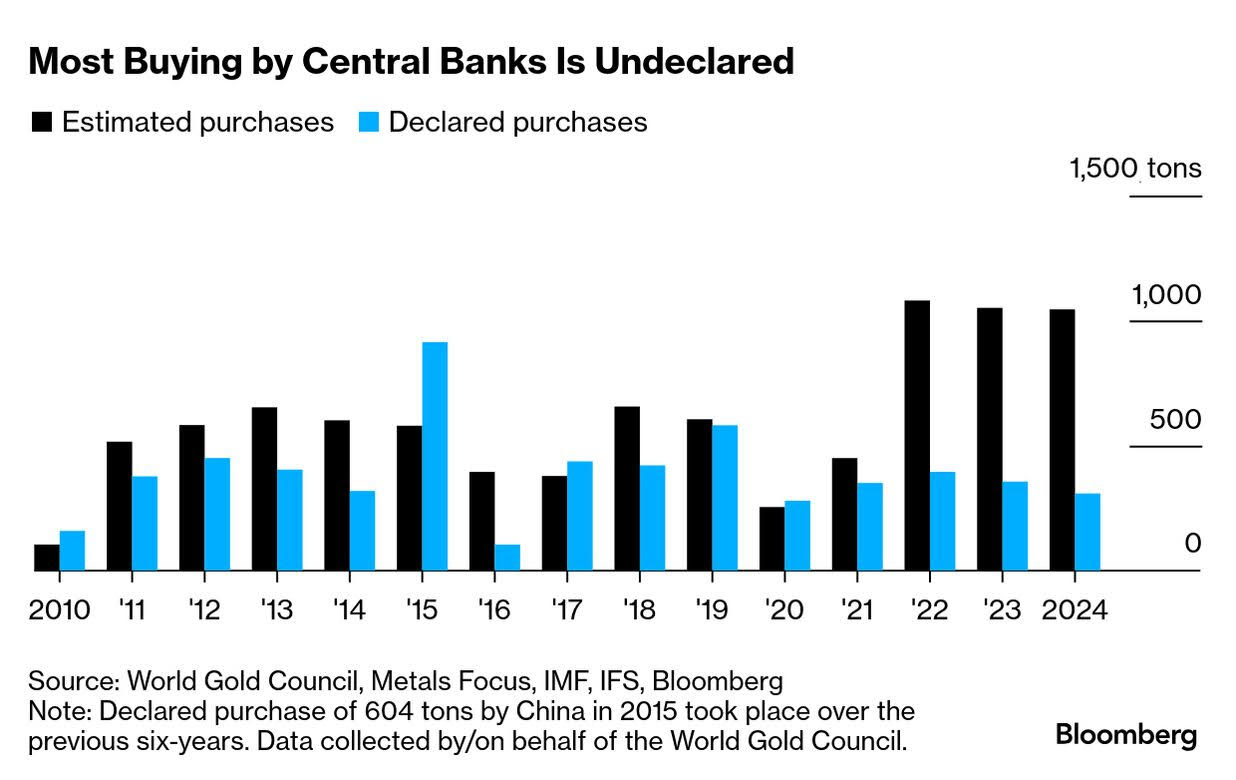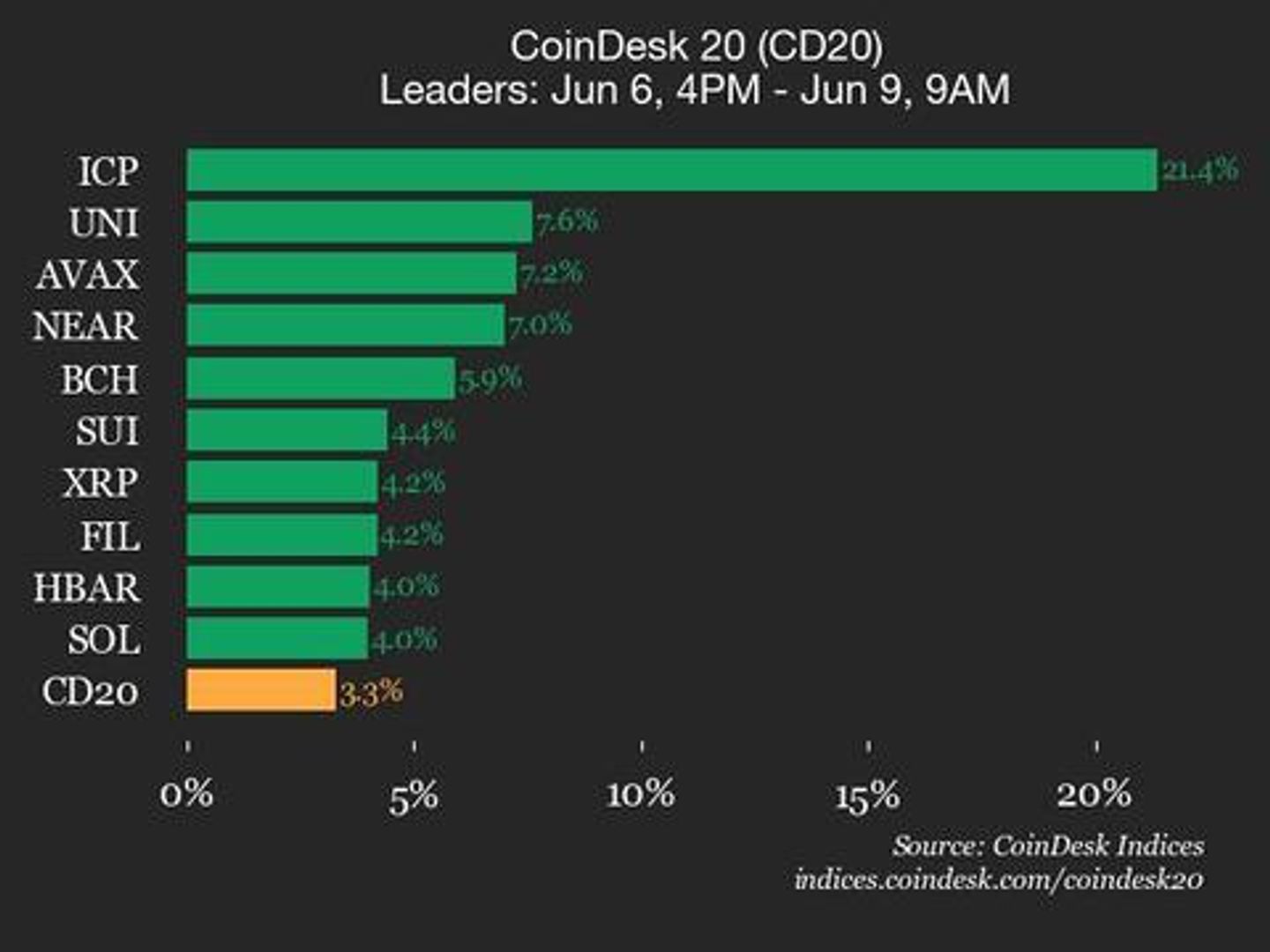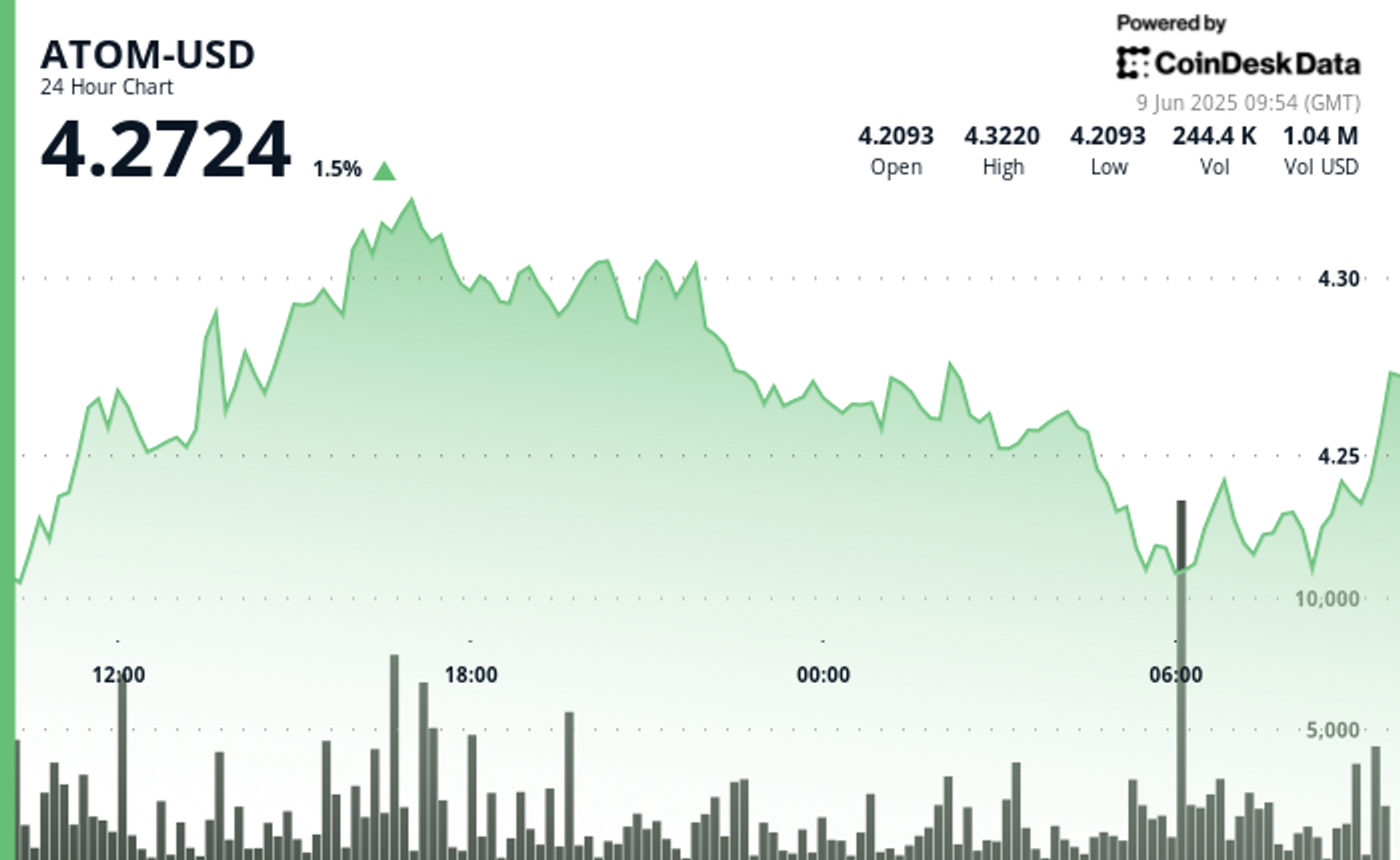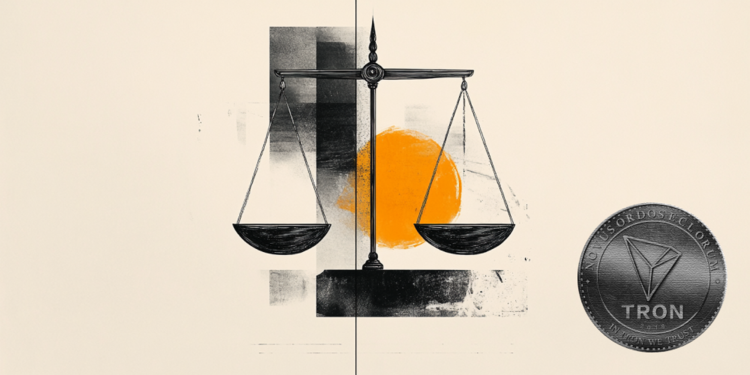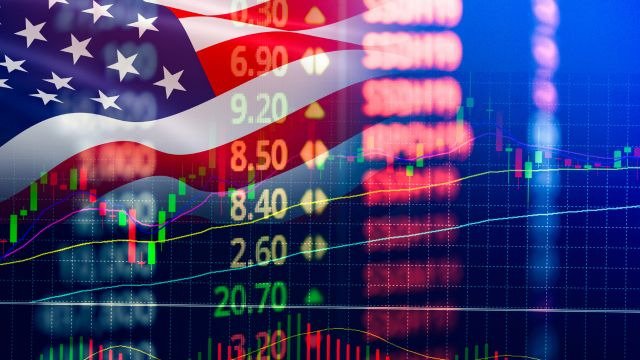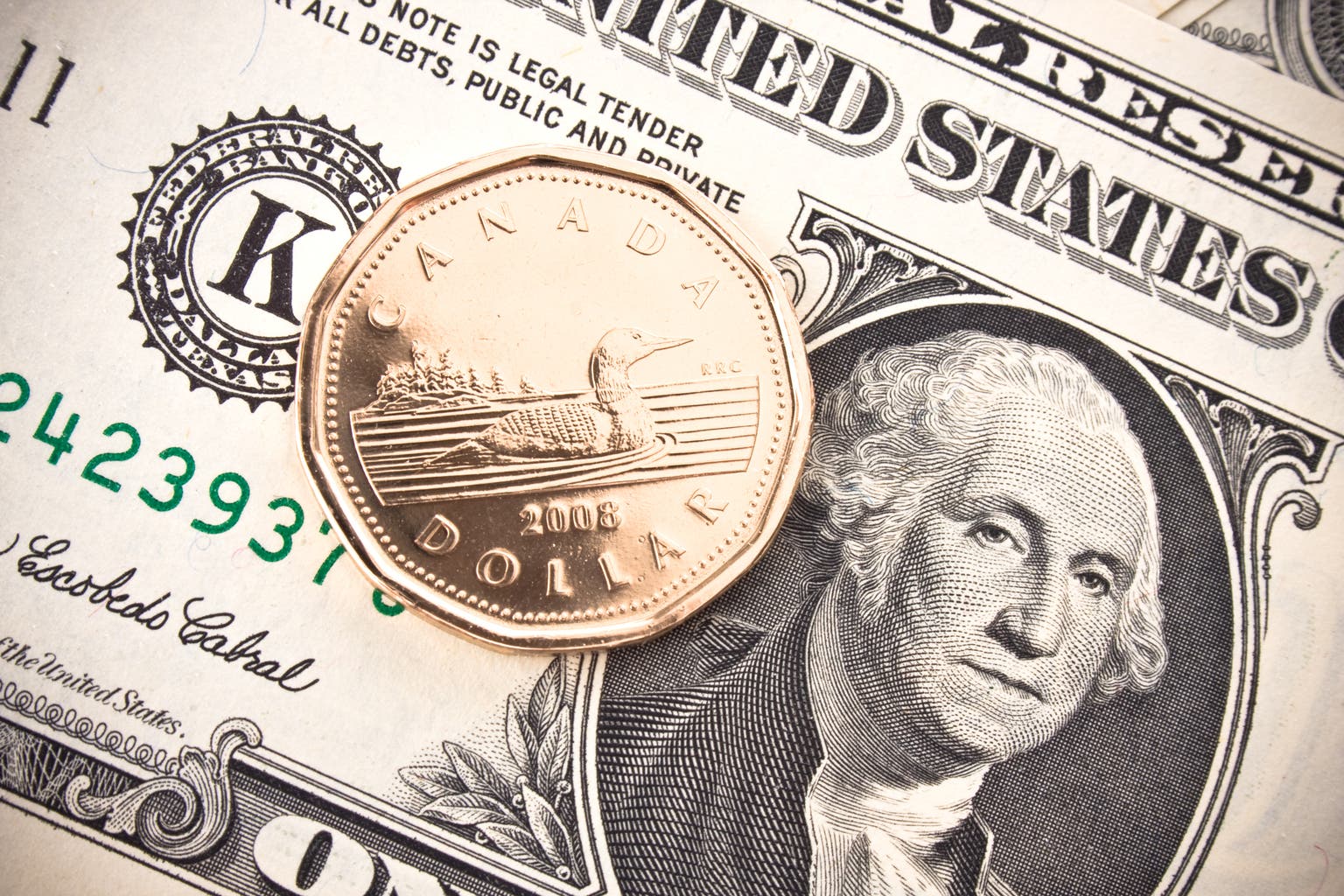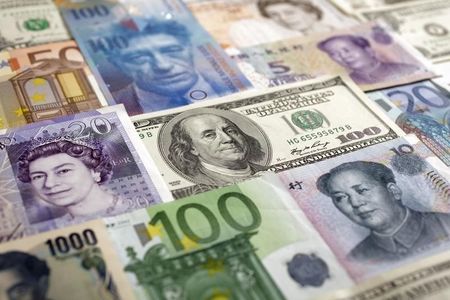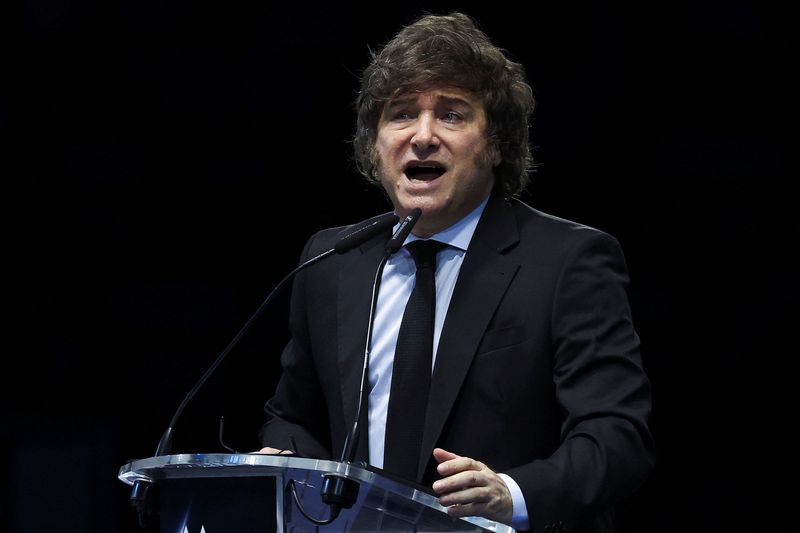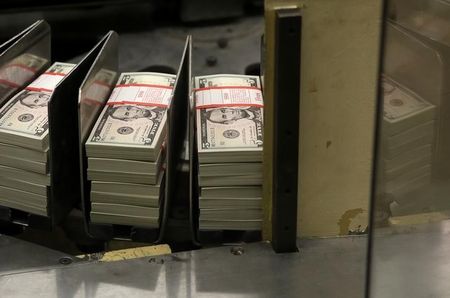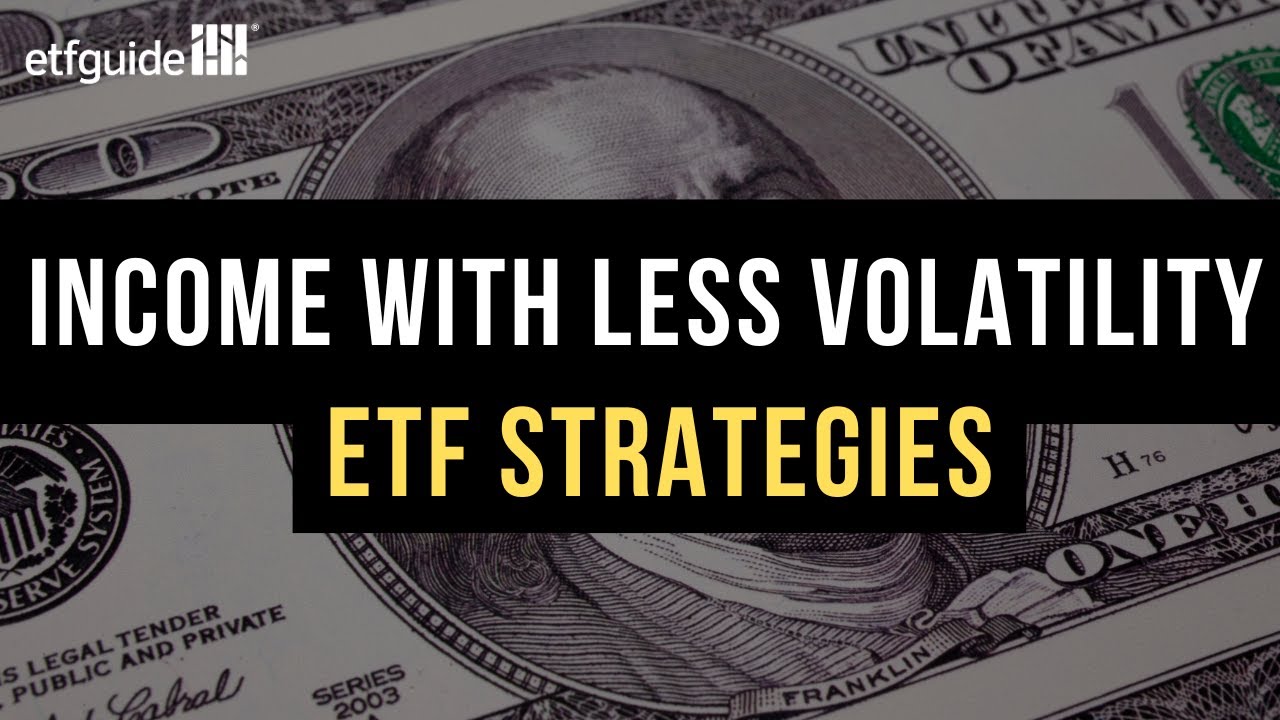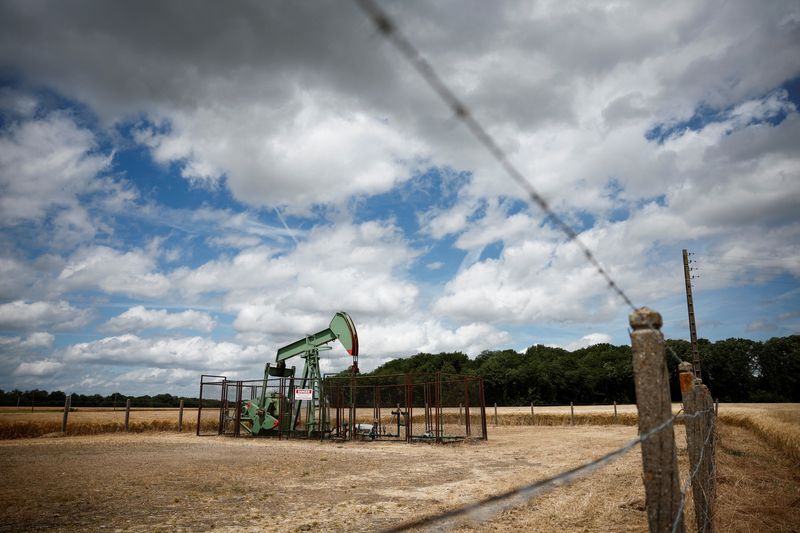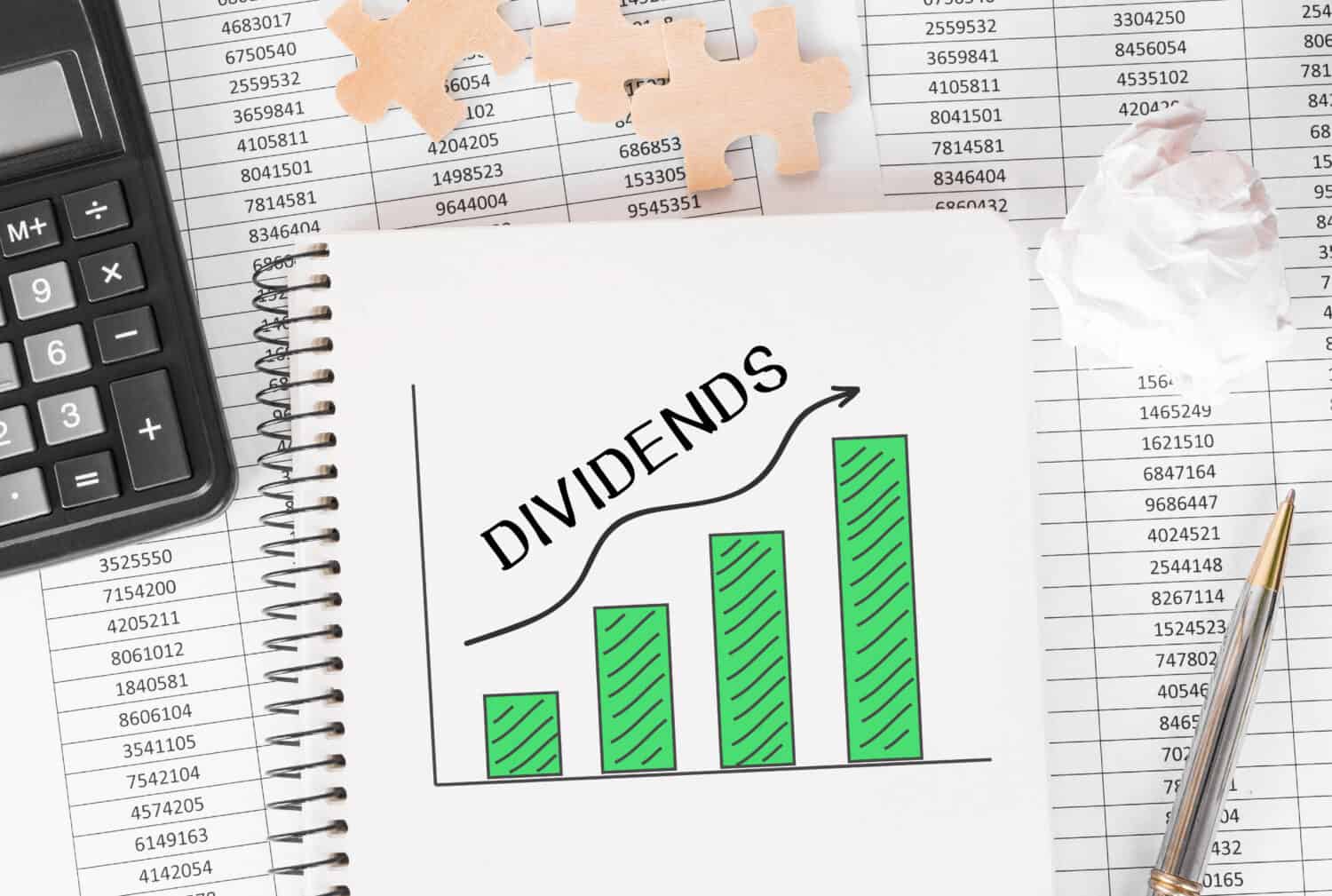Here’s How Much You Would Need to Invest to Retire on $60,000 in Annual Dividend Income
Dividend investing is a powerful strategy for building wealth and generating passive income. By owning shares in companies that pay dividends, investors receive regular cash payments, which offer financial stability and the potential for reinvestment to compound returns. Unlike relying on capital gains, dividends provide predictable cash flow, often from established companies, making them less […] The post Here’s How Much You Would Need to Invest to Retire on $60,000 in Annual Dividend Income appeared first on 24/7 Wall St..

Dividend growth stocks, combined with regular investments, reduce the capital needed and time to reach $60,000 annually, leveraging compounding over time.
Nvidia made early investors rich, but there is a new class of ‘Next Nvidia Stocks’ that could be even better. Click here to learn more.
Key Points in This Article:
Dividend investing is a powerful strategy for building wealth and generating passive income. By owning shares in companies that pay dividends, investors receive regular cash payments, which offer financial stability and the potential for reinvestment to compound returns.
Unlike relying on capital gains, dividends provide predictable cash flow, often from established companies, making them less volatile than growth stocks. High-yield stocks deliver immediate income, while dividend growth stocks, with consistent payout increases, hedge against inflation and boost long-term income. This dual approach appeals to those seeking financial independence.
The average U.S. median annual salary is almost $62,000, according to recent Bureau of Labor Statistics data. What would be the best way to generate $60,000 annually solely from dividends? Should one focus on high-yield stocks or dividend growth stocks? To explore this, let’s calculate the capital required using different investments, starting with a broad market index and moving to individual stocks, then examining dividend growth strategies.
Broad Market and Individual Stock Dividend Challenges
Consider the SPDR S&P 500 ETF (NYSEARCA:SPY), which tracks the S&P 500 index and yields 1.2% annually. To generate $60,000 in annual dividend income, the formula is:
Required Investment = Desired Income ÷ Yield. For SPY, $60,000 ÷ 0.012 = $5,000,000.
Investing $5 million is infeasible for most, making SPY an impractical choice for this goal despite its stability.
Next, consider consumer products titan Procter & Gamble (NYSE:PG), yielding 2.4%. The required investment is:
$60,000 ÷ 0.024 = $2,500,000.
While less than SPY, $2.5 million remains out of reach for most investors.
Beverage giant PepsiCo (NYSE:PEP), with a 4.3% yield, requires even less:
$60,000 ÷ 0.043 = $1,395,349.
This is better, but still far more capital than most can commit, highlighting the challenge of relying solely on higher-yield stocks.
Choosing High-Yield Stocks
A portfolio of high-yield stocks averaging an 8% yield significantly reduces the capital needed:
$60,000 ÷ 0.08 = $750,000.
This is more manageable but still substantial, especially if invested all at once. High-yield stocks, often found in sectors like utilities or REITs, carry risks such as potential dividend cuts if companies face financial strain. Diversifying across high-yield stocks can help reduce risk, but it does not eliminate the challenge of needing a large initial investment.
The Dividend Growth Strategy
Dividend growth stocks offer a different approach. Consider do-it-yourself big box retailer Lowe’s (NYSE:LOW), yielding 2% but with a 19% compound annual growth rate (CAGR) in dividends over the past decade. If you had purchased shares 10 years ago, because of the higher yield on cost (the original purchase price), the effective yield today could exceed 100% for early investors because dividends have grown exponentially.
For example, a $100,000 investment in LOW a decade ago at a 2% yield would now generate significantly more income due to dividend increases, illustrating the power of growth over time.
Compounding with Regular Investments
Imagine investing $10,000 initially in a $100 stock yielding 4% with 8% annual price growth and 9% dividend growth, adding $1,000 monthly. Using a dividend reinvestment model, it would take approximately 22 years to generate $5,000 monthly ($60,000 annually). Total contributions would be:
$10,000 + ($1,000 × 12 × 22) = $274,000.
This is far less than $750,000, but the trade-off is time, as compounding requires patience to achieve such income levels.
SCHD: A Balanced Approach
The Schwab U.S. Dividend Equity ETF (NYSEARCA:SCHD), which yields 3.9% and has grown its dividend at an 11.8% compound annual rate, offers a balanced option. SCHD invests in about 100 of the best dividend growth companies.
Starting with a $10,000 investment in a $100 stock growing 10% annually and adding $1,000 monthly, the time to reach $60,000 annually drops to about 18 years, thanks to higher dividend growth. Total contributions would be:
$10,000 + ($1,000 × 12 × 18) = $226,000.
This is far less than the $5 million needed to invest in SPY and begin generating that kind of annual income right away. Faster dividend and price growth accelerate income generation, significantly reducing the time needed to reach your goal.
Key Takeaway
Inflation, which erodes purchasing power, underscores the importance of starting early with dividend growth stocks. It shows the value of starting early and investing regularly as the compounding can build substantial income over time.
While high-yield stocks reduce upfront capital needs, dividend growth stocks like LOW or SCHD offer a superior long-term strategy for achieving $60,000 in annual dividend income. By leveraging time and consistent investments, dividend growth is the most effective path to financial independence.
The post Here’s How Much You Would Need to Invest to Retire on $60,000 in Annual Dividend Income appeared first on 24/7 Wall St..









